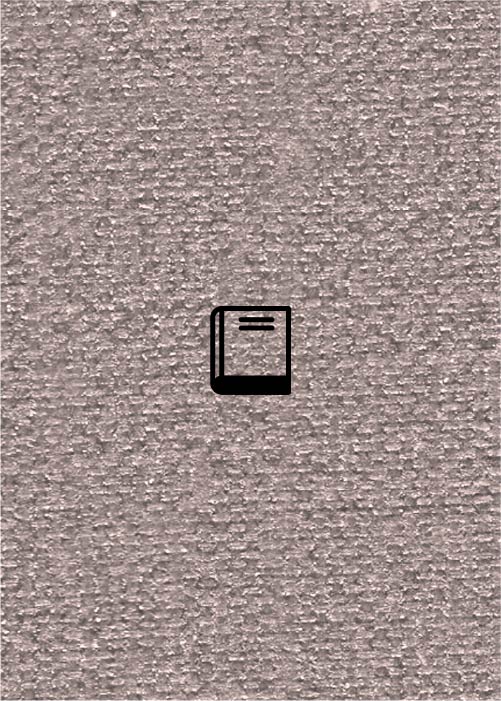(604 results found)
Hobn Mir a Nigndl
… … Piano … Troubadours … Piano accompaniment … Eastern Ashkenazi … Gila Flam … Hobn Mir a Nigndl … גילה פלם …

Self-Revelation and the Law- Arnold Schoenberg in his religious works
… … Schoenberg, Arnold, 1874-1951 … Philosophy … Kol Nidre … Ashkenazi … Dika Newlin … Israel Adler … Hanoch Avenary … …

The "Proclamation Style" in Hebrew
… appear to be characteristic of the group of ancient Ashkenazic melodies examined. These intervals create … Shofar blowing. The musical examples appended are from the Ashkenazic tradition of South- Eastern Europe, and it is not … … Yuval Studies … … 1968 … Ancient music … Blessings … Ashkenaz … Ancient … Ashkenazi … Melodic type … Shofar … …

The Concept of Mode in European Synagogue Chant
… … Synagogue … Synagogue music … Adonai Malach … Steiger … Ashkenaz … Church … Chant … Ashkenazi … Roman … Roman Church … Gregorian Chant … Rom … Ashkenazi … Bathja [Batya] Bayer … Hanoch Avenary … Amnon …

Le Niggun Meron: Description d’un patrimonie instrumenal juif
… … America … Niggun … Bulgar … Meron … Klezmer … Jerusalem … Ashkenazi … Andre Hajdu … Amnon Shiloah … Bathja [Batya] …

Qalonimus Ben Qalonimus. Ma'amar be-mispar hahokmot. Chapitre III Paragraphe 6 (La Musique).
… Press, The Hebrew University … Yuval Studies … … 1971 … Ashkenazi … Amnon Shiloah … Amnon Shiloah … Bathja [Batya] …

The Hasidic Dance- Niggun: A Study Collection and its Classificatory Analysis
… … Niggunim … Hasidic … Music … Structure … Modality … Ashkenazi … Bathja [Batya] Bayer … Andre Hadju … Yaakov …

Le Niggûn Merôn
… … America … Niggun … Bulgar … Meron … Klezmer … Jerusalem … Ashkenazi … Andre Hajdu … Le Niggûn Merôn …

Felix Mendelssohn- Gustav Mahler: Two Borderline Cases of German- Jewish Assimilation
… Art … Assimilation … Jewish-descendant … Jewish influence … Ashkenazi … Eric Werner … Felix Mendelssohn- Gustav Mahler: …

Between Noise and Harmony
… … Jentiles … Meyebeer … Wagner, Richard … Mendelssohn … Ashkenazi … Ruth HaCohen (Pinczower) … Between Noise and …


